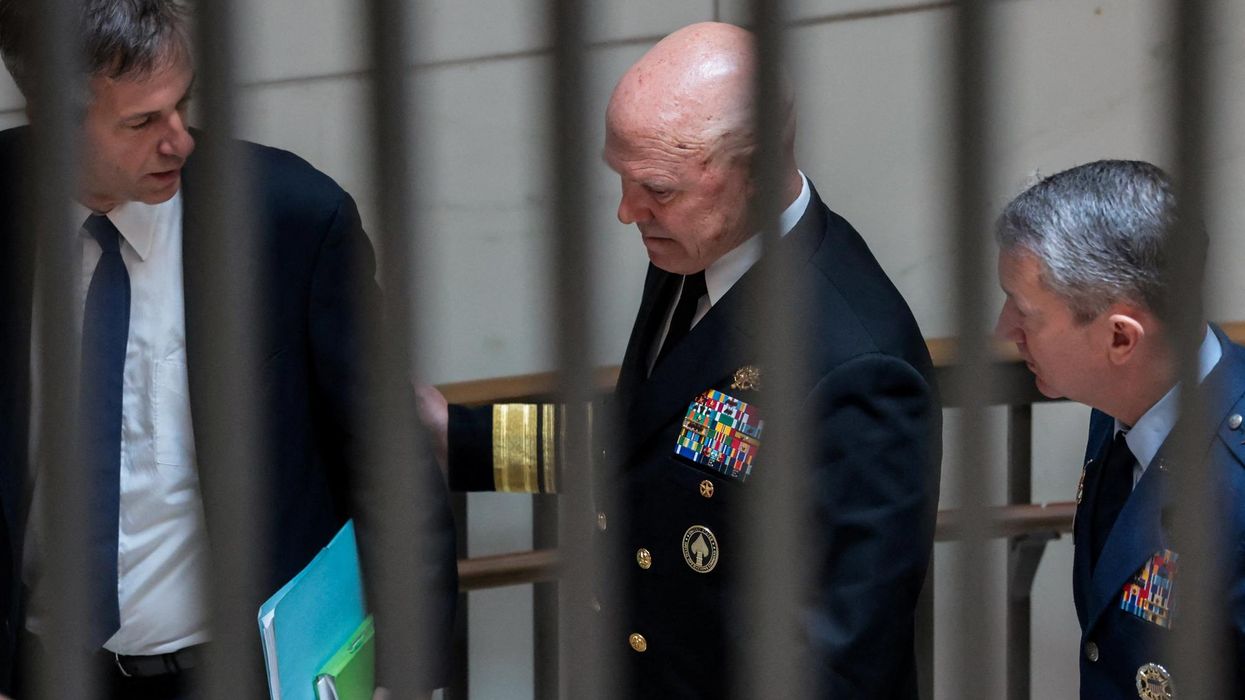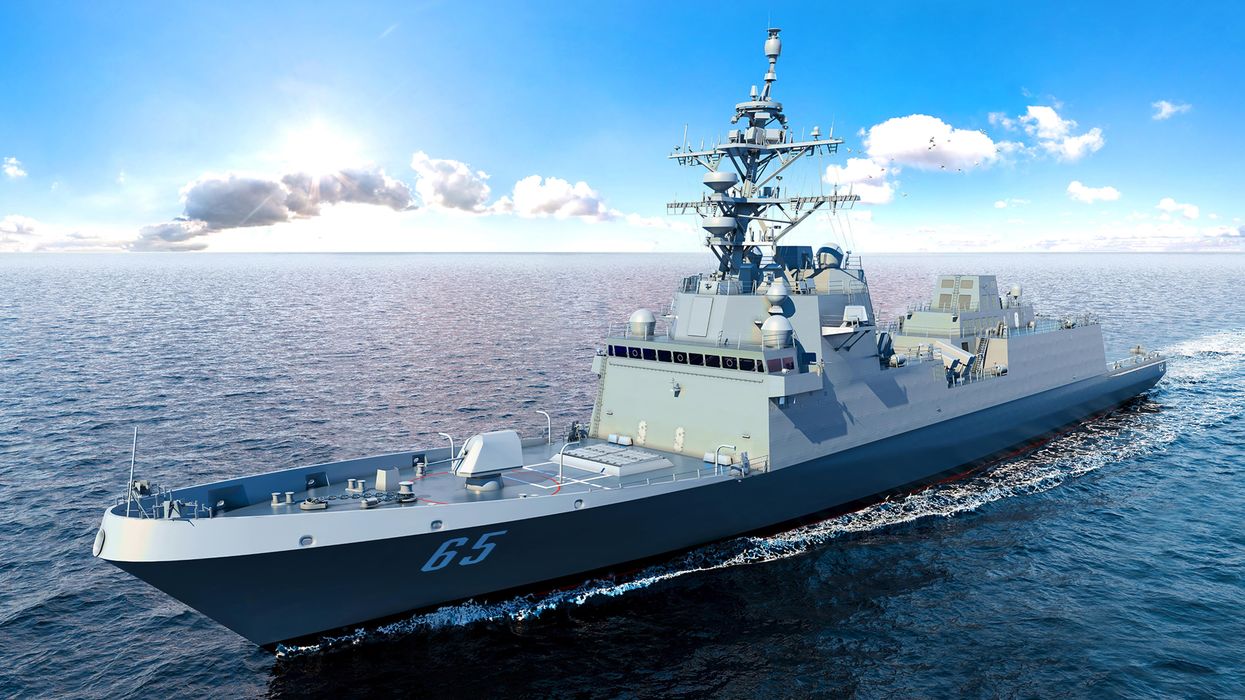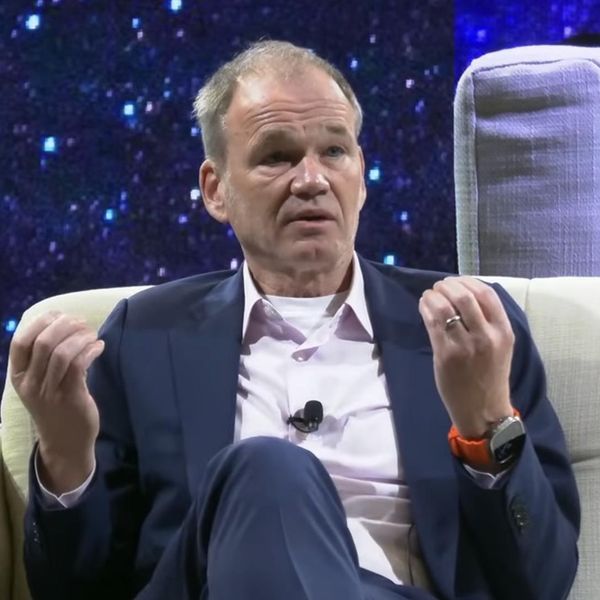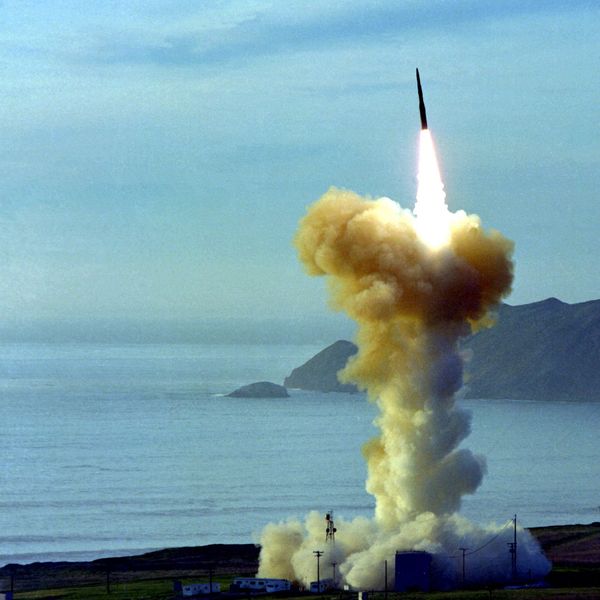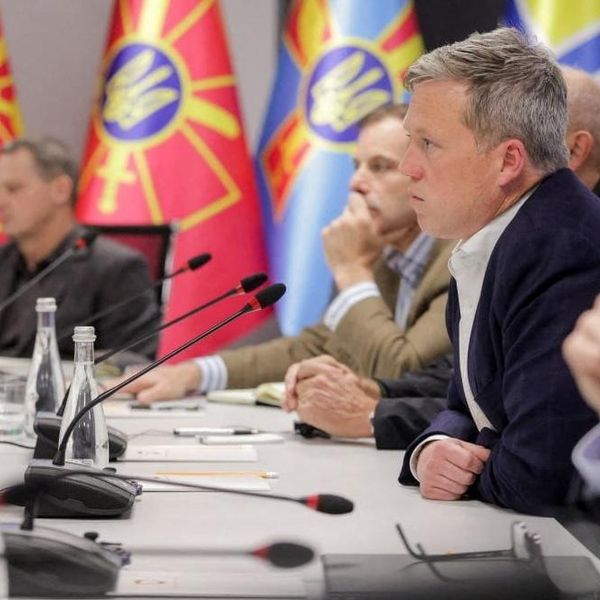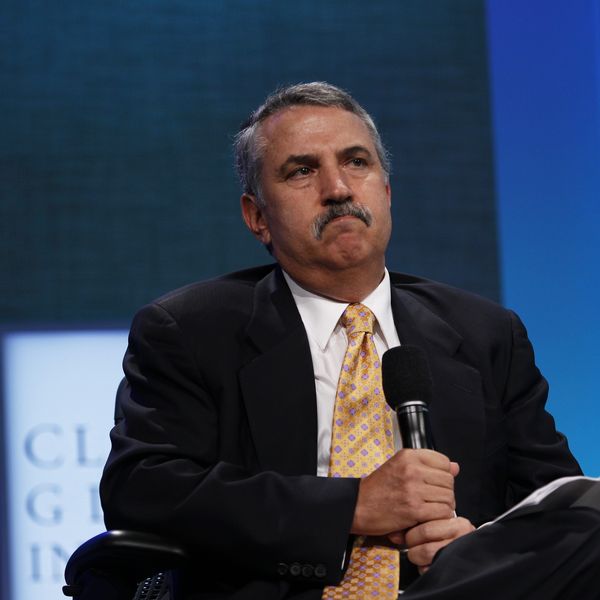It looks like Washington's dreams for a new “Asian NATO” might have been just that — a colorful fantasy.
A meeting in Tokyo of the Quadrilateral Security Dialogue, or “Quad” — the United States, India, Japan, and Australia — ended without a joint communique or no mention of an earlier proposal by Washington that it might be time to expand their group into a more formal security alliance akin to NATO.
This is a blow to the Trump administration, which is looking to shore up its support for what it sees as a growing cold war against China.
The United States of course has been hard at work vilifying Beijing, trying to spin trade issues and maritime disputes in the South China Sea into evidence that the nation is a global aggressor that requires an equally global response. But the administration’s attempt to formalize this response may be misfit, as some have suggested. Maybe they know what Washington doesn’t get: The world isn’t big enough for two NATOs.
2020 is not 1949
NATO was established in 1949 with 12 founding members in reaction to not only Soviet expansion but a perceived need for collective security in war-ravaged Europe and a hedge against a revival of militaristic nationalism on the continent. It soon acquired a permanent command structure (now in Brussels) and secretariat.
For decades the Cold War drove NATO, and fueled multiple arms races with the Soviets. By 1991, the Iron Curtain had collapsed, but NATO redefined itself and continued to grow eastward, acquiring former Soviet republics as it involved itself in the breakup of Yugoslavia (1995), Kosovo (1999) and the post 9/11 war in Afghanistan. Nearly 30 years later — and now with 30 members — NATO shows no sign of having found an end-game, just threatening more expansion closer to Russia, which, responding to the trajectory, reacts by building up its own military in the border regions.
In retrospect, maybe NATO should have disbanded after its mission to counteract the Soviet Union ceased to exist, but instead it shifted to being a guarantor of democracy, which ironically has kept Russia alive as an enemy, and the United States in charge and fighting wars it wanted to fight.
Starting a second NATO aimed at China would be a dangerous attempt to recreate this architecture in the U.S. interest but makes even less sense. China has been a vital trading partner to each of the countries involved and aside from regional disputes, has not exhibited the kind of expansionist impulses of the old Soviet empire.
The cost
China’s military funding — while still dwarfed by the United States — is much heftier than Russia, and competing with the Chinese regionally by creating a new security command would be an enormous expense that just isn’t in the U.S. budget. And let’s face it, if this proposal turns out to be another open-ended enterprise like NATO, it would be a permanent fixture of the U.S. budget. More debt in an already ballooning federal deficit.
And who benefits? Secretary of State Mike Pompeo likes to talk about the whole world uniting against China, but that’s never going to realistically happen. It is not actually clear how the other countries involved in this prospective “Asian NATO” feel — though their failure to even bring it up in last week’s Tokyo meeting might offer an indication. Deputy Secretary of State Stephen Biegun first raised the issue a month ago.
Perhaps the United States imagines this as a way to share costs in keeping a substantial military force on China’s frontier. But U.S. efforts to sell the Russians as a threat not only had minimal impact on getting NATO nations to increase their share, but convinced American lawmakers to throw more money at the Pentagon to make up the difference. Even then, NATO’s frontier force caused more escalation than it likely solved.
Indeed, NATO’s major critics often point to the other nations not paying their share (only Greece, the U.K., Estonia, and Poland have achieved the agreed-to 2 percent of GDP contribution) and without major changes to the rights and responsibilities of members, there is little reason to think that a second NATO wouldn’t result in the same problem.
Trade and diplomatic engagement as an alternative approach to China may not be a panacea for every politician. Clearly there is some political benefit in talking up trade wars and economic protectionism. But sustained engagement at the very least avoids the endless military costs on a macro level, and the potential calamitous costs of a war with another major economic and military power.
Clearly regional powers are thinking twice about such a leap. Some in Japan see an opportunity to break with outgoing Prime Minister Shinzo Abe’s remilitarization ambitions, and accept China’s growing diplomatic overtures, though there is growing support for bringing much of their manufacturing back home. A new “NATO” mandate would throw them right back into direct conflict when tensions are already running high.
There are tough decisions to be made in Australia, too, for which China is their largest trading partner, and the most dependable market for their natural resources. China slapped tariffs on Australia after it called for an inquiry regarding China’s role in the COVID outbreak earlier this year.
And while India’s recent border skirmishes may make it seem to benefit from a formalized security umbrella, India might also have the most to lose. Think of the security woes among border nations in the Soviet Cold War. India’s Line of Actual Control may be a tense border as it stands, but as a collective security border on China, it suddenly becomes the frontline flashpoint for a potential region-wide war between major, nuclear-armed powers.
Already having to contend with tensions with Pakistan and China, the creation of a new alliance would mean India is painting a bullseye on itself at the same time China is being told there is a military challenge being assembled against it. In fact, India’s foreign ministry has already voiced its reticence to Biegun’s proposal.
It may be all but trivial for the Quad to imagine itself able to out militarize China in the Pacific region, but doing so sends all the nations down an undesirable path, while discouraging China from a peaceful engagement. It sounds like the rest of the Quad got wise before the United States did.


